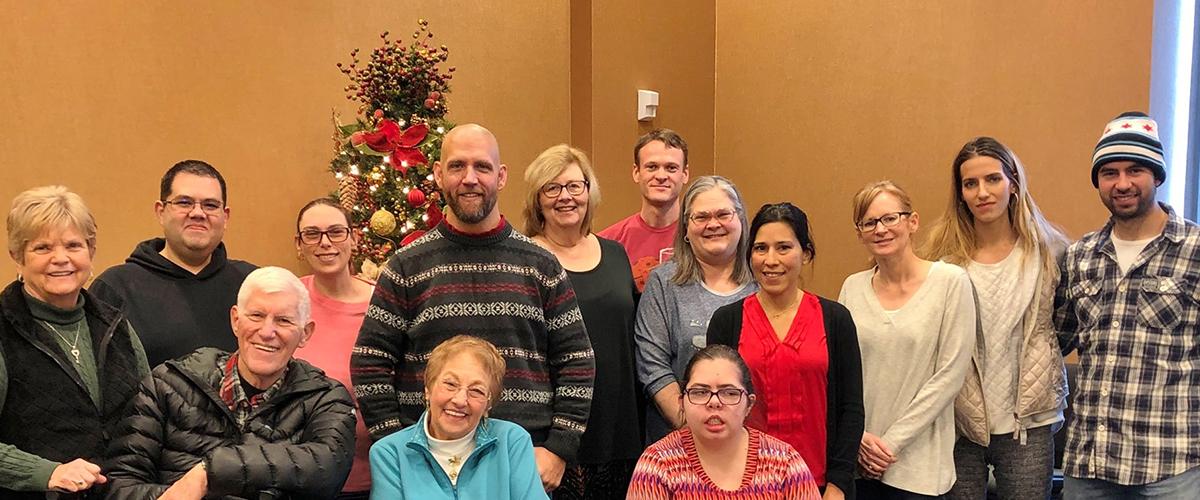In partnership with the Myotonic Dystrophy Foundation US, the Myotonic Dystrophy Foundation UK made the following Research Fellowship grants in 2015:
Dr. Ranjan Batra, PhD
University of California, San Diego, California, US
Dr. Batra’s research proposal, “Studying Genome-Wide MBNL-RNA Structure Interactions in Neuronal Development and DM,” seeks to identify genome-wide MBNL-preferred RNA structure motifs for the MBNL (muscleblind) protein family. Evidence suggests that MBNL proteins may bind to certain RNA structures (like a lock and a key). Identifying the RNA structures (locks) that the MBNL (keys) recognizes is important for designing drugs that are able to identify the RNA structures even in the absence of MBNL, as is the case in DM. Dr. Batra’s project will utilize cutting-edge high-throughput RNA-structure surveying techniques and a neuronal development model to study detailed MBNL and RBFOX structural and functional overlap important for proper brain development and function.
Dr. Viachaslau Bernat, PhD
Scripps Research Institute Florida, US
Dr. Bernat’s research proposal, “Precise Lead Therapeutics for Myotonic Dystrophy via in cellulo Synthesis,” plans to develop drug-like small molecules to study and manipulate DM1 toxic RNA. Expanding on Dr. Matthew Disney’s work in developing small molecules to target DM2 RNA, Dr. Bernat’s research will provide a chemical tool to study the effect of the DM1 RNA on cell biology. The project also hopes to provide a diagnostic tool for DM1 that could ultimately help measure disease improvement after therapeutic treatment and may result in a pre-clinical candidate to treat DM1.
Dr. Melissa Hinman, PhD
University of Oregon, Eugene, Oregon, US
Dr. Hinman’s research proposal, “An Investigation of the Cellular and Microbial Etiologies of Gastrointestinal Pathologies in Myotonic Dystrophy Zebrafish,” aims to provide insight into the GI symptoms of myotonic dystrophy using DM zebrafish models. The majority of people living with DM report GI symptoms and many of them have higher than normal bacteria levels in parts of their intestines. Researchers have created zebrafish models with RNA and protein changes similar to those causing DM in humans, and young zebrafish are uniquely suited to studying digestive processes as their internal organs can be seen through their transparent bodies. Dr. Hinman’s research will first determine which cell types are responsible for digestive symptoms in the DM zebrafish. Her research will then compare the number and type of bacteria found in the affected fish with healthy fish in order to determine what role bacteria play in DM digestive symptoms with an aim to develop new ideas for potential therapies.

